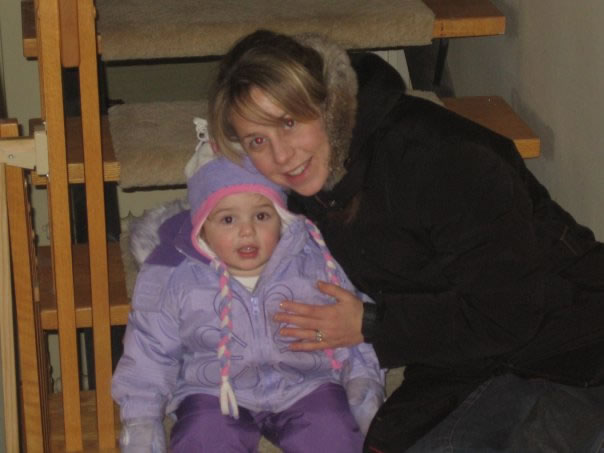A Physical Therapist’s Personal Take on Adapting to Life with Limited Mobility
Renee Simand, BSc. of Physical Therapy
Sometime the teacher becomes the student, and it makes for a better teacher. In my case I became a better physical therapist after an accident forced me to take a break from my full time practice. I slipped on black ice in my driveway on my way to the gym, broke my tibia and fibula, had surgery, was non weight bearing for 6 months with crutches, then used a cane for another 6 months. In total I used a mobility aid for one year.
After 14 years of training people to use them, I knew what to expect. I work with many different people with a variety of orthopedic and neurological conditions. A big component of my practice consists of recommending the right mobility aid and training my client to use it properly and safely. That’s the easy part of my work. That’s science. The hard and often sensitive part is helping people overcome the emotional challenges and encouraging them to see themselves as enabled instead of disabled.
Suddenly here I was fitted with a mobility aid and grappling with the same fears and concerns I heard from my clients, “I never thought this would happen to me! How am I going to manage? How can I show myself in public like this? Everyone will stare and pity me. What happens if I fall and injure myself? I feel so fragile and vulnerable.”
Like I’ve seen my clients do countless times over, I had to overcome feelings of being damaged, deficient, and less capable or productive. I felt like my former ‘self’ had been replaced with an injury and a cane. That floored me more than my fall.
Of course my rational mind knew better than that. Yes I had to use a cane, but that didn’t mean I wasn’t my old self anymore. I had to change my perception, and I couldn’t do it alone. As much as I needed the cane for physical support, I needed emotional support. I derived some of that support from family, friends, therapists working with me, my doctor, and also indirectly from my clients and the obstacles they managed to overcome (really far worse than what I went through). One client in particular had written a book on her experience and gave me a copy of it. The gesture of her support and hearing her amazing story really inspired me to be positive. I recommend reading You Never Know: a Memoir by Romy Shiller.
During my own journey from injury to recovery I gained invaluable wisdom for my practice. Ultimately I am a better physical therapist, because I can share my clients’ experience. The biggest truism I learned: knowing something intellectually doesn’t always help you emotionally. The biggest misconception is that you change fundamentally as a person (you don’t).
Other than that, I learned to adopt a slower more deliberate pace, I don’t risk an accident because I’m rushing to be somewhere on time. Instead of sweating it, I will simple accept that I need to take my time. I will still educate my clients on the value that a mobility aid can have on their daily life, both functionally and socially. Used properly that mobility device becomes an extension of the self, like the way we interact with and rely on our smartphones. Of course buying a cane or a walker is hardly as optional or luxurious as buying an iPhone. But both make it possible for people to share their lives and communicate. Canes, crutches and walkers are mobility tools that give you the freedom to move and be valuable. It sounds good and makes sense but it is hard to always believe.




 and get Cash rewards!
and get Cash rewards!